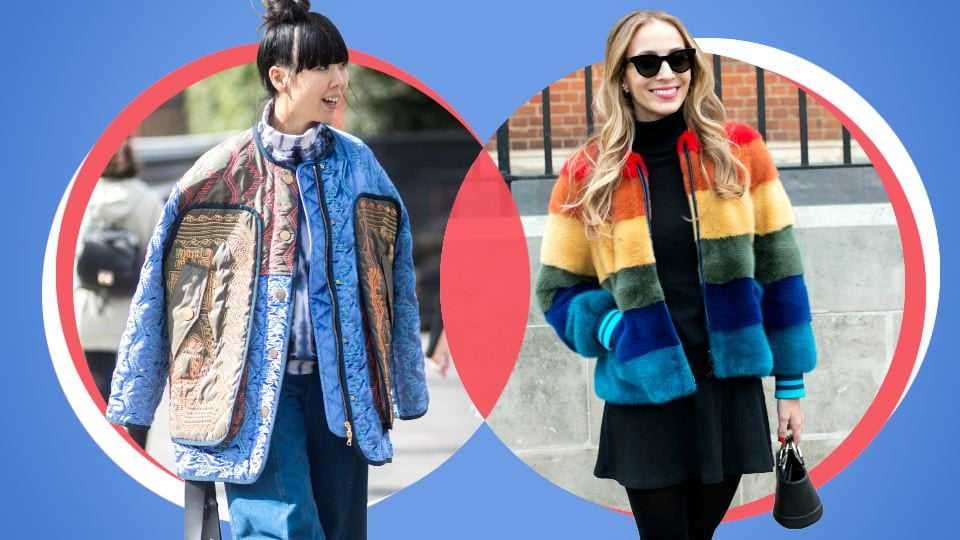After taking this course, I now have a better understanding of the relationship between fashion, social media and celebrity culture. With the emergence of social media platforms such as Youtube and Instagram, we are no longer limited to ‘traditional’ celebrities (actors, musicians, models) to influence our opinions on what we desire. Consumers are exposed to and impacted by masses of influential ‘micro-celebrities’, or ‘influencers’ who have become famous through online media usage. These ‘influencers’ are seen as normal, everyday people who have attained thousands or even millions of followers on social media platforms. In recent years, new social media stars have been able to influence pop culture to greater extents than the ‘traditional’ celebrity. This is exemplified by their ability to create communities where users feel more connected to the influencer through higher levels of engagement, ‘authenticity’ and relatability. According to Sarah Harris’ Vogue article, “What Is An Influencer?”, “….[influencers] are paid to turn up to events, designer dinners and fashion shows; they wear the clothes they’re generously paid to; and they typically charge £2,000 to £5,000 for a post on their Instagram feeds, with the high scorers regularly demanding upwards of £30,000.”
Traditionally, before social media, becoming a fashion icon was next to impossible. With new tools like Instagram, users are building their own brands and finding their own fans and followers: the app has given average people exposure to opportunities that they otherwise would not have. For the most part, fashion used to be a two-dimensional, one-sided industry: brands put their clothing in magazines and users consumed ideas and inspiration by flipping through the pages. The fashion industry created the trendsetters and users followed the trends. Furthermore, users didn’t have a say in what they were consuming; they could only opt out of trends that they didn’t like. Social media has reframed this structure, allowing users to not only consume fashion but to also contribute to it.
In my opinion, more than anything, social media has brought diversity to the fashion industry. Fashion still obviously has its flaws. However, people who have felt underrepresented in traditional forms of fashion media now have the ability to take matters into their own hands. In the past decade, fashion has opened its doors to more people of color, plus-sized people, transgender people and those who simply don’t fit the industry’s ‘classic’ definition of beauty.
